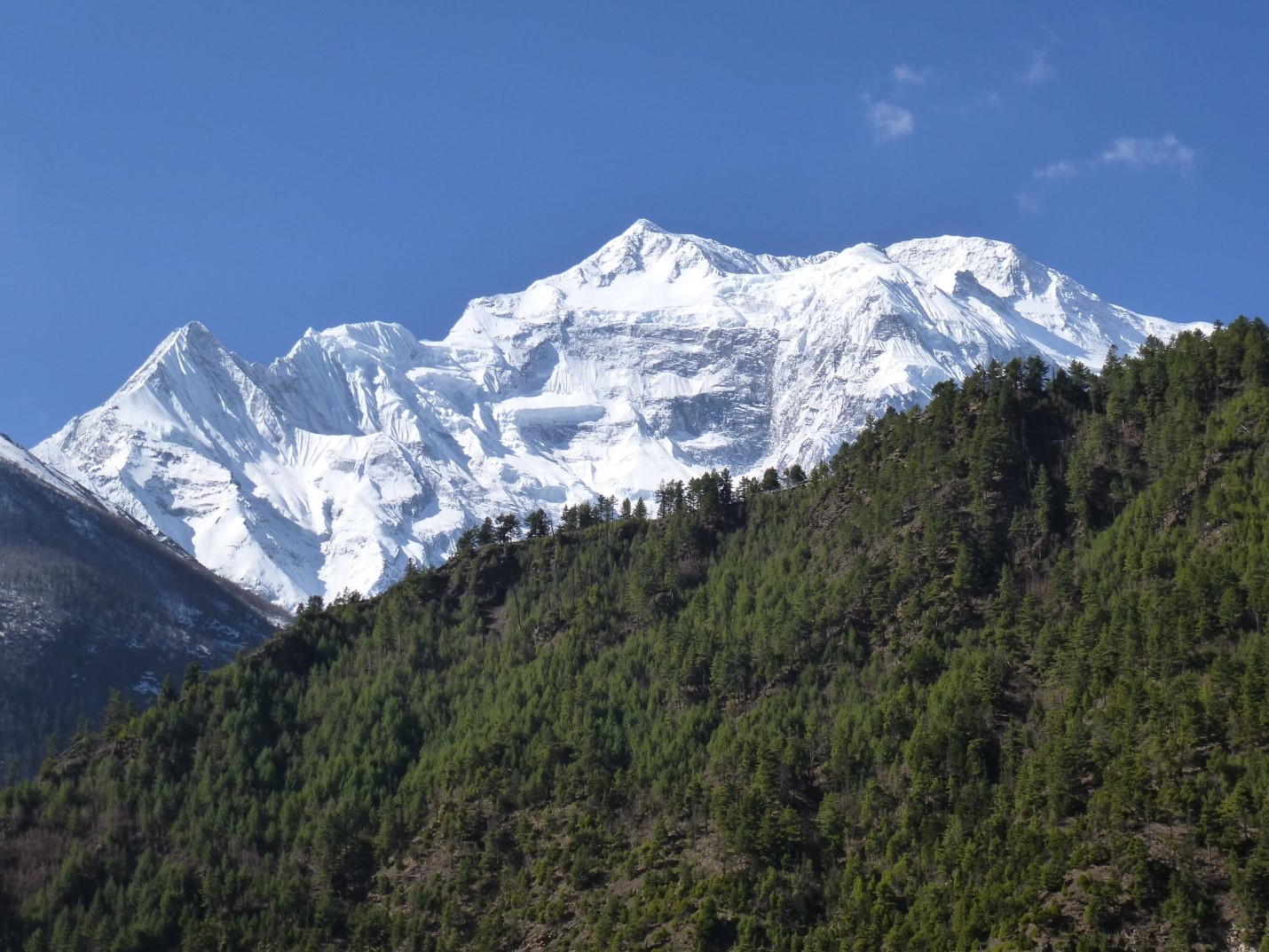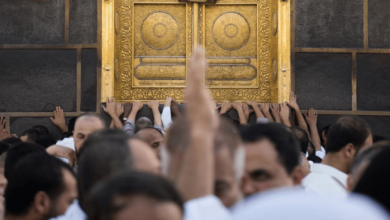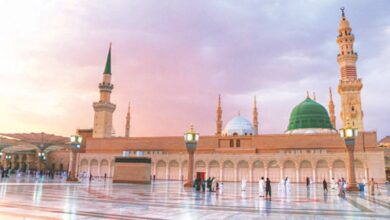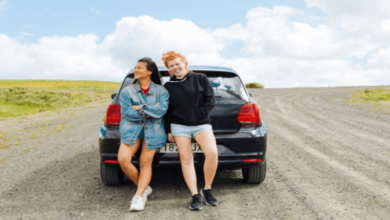Trekking Essentials: Packing List and Gear Guide for Annapurna Region Treks

Trekking to the Annapurna region is not a piece of cake, though it may seem so. You need to think through everything you may and may not need during your trek. Carrying more than necessary might mean that you are burdening your shoulders and taking more for nothing. On the other hand, not carrying enough can lead to just as many problems throughout your trek.
Make sure to stick with us till the end of this article to know more about everything that you might need during your Annapurna base camp trekking. We have mentioned some of the best gear as well as equipment that you will need for a successful trek.
Annapurna Region Trek Packing List
The following are some important stuff that you need to pack in your luggage before you start your trek to the Annapurna region:
Clothing
Layering up your clothes, carrying an adequate number of undergarments, and choosing only the right and the most suitable pieces of clothing are essential for a comfortable trek. You can buy cheaper trekking clothes at Kathmandu and Pokhara or even rent them from these places. However, renting clothes may not always meet up to your expectations quality-wise.
Likewise, you need to buy as many thermal clothes as possible. Thermal clothes are both light and warm. Wearing heavyweight clothes during your trek might not be the best idea because this will cause difficulties while climbing upwards on the rugged and difficult trails.
The fabric that you wear from your outer clothing to your underwear should be made of breathable fabric. The jackets that you wear should be either made of fleece or should be insulated jackets. Many trekkers also prefer wearing hard shell jackets and rain-protectant gear to get them through weeks of trekking amidst the rural conditions.
The clothes that you choose to pack must cater to the season you are trekking. For winter, you cannot carry lightweight and thin clothes. Similarly, you cannot carry extremely heavy or warm clothes if you are trekking during warmer months even though you’re trekking in a mountainous region. Four of the most important aspects to remember while packing clothes are to ensure that what you pack is versatile, has a portable weight, provides adequate warmth as per the season of trek, and is waterproof.
Headgear
Headgears are possibly the most underrated trekking items one could carry during their trekking journey. Though not all trekkers emphasize carrying enough headgear, they are very crucial to your trek. Some of the popular headgear that you should carry are sun hats which you will need for sun protection, a headband or a beanie to keep your head warm and comfortable during cold mornings and chilly nights, and a bandana or neck gaiter to endure drop in temperature while trekking to higher altitudes.
Hand gear
Since you will be using your hands a lot during your trek, you cannot neglect the care they will need throughout your journey. Buying the right-hand gears means that you can end your trek comfortably and without having to undergo the risks of frostbite. Regardless of what season you choose for your trek, you have to carry at least an outer glove and an inner glove.
Inner gloves are usually thinner than the outer ones and can be best suitable for warmer months. For colder months, you have to buy Gore-Tex material gloves that are breathable and solid enough to go through rough paths and challenges in the rural mountains.
Footwear
Choosing the right pair of shoes is essential for trekkers. If you are going on a shorter Annapurna region trek that does not quite cover the upper more complicated regions, you can opt for lighter footwear instead of wearing hiking boots. These lighter footwear may be trainers or sandals (for summer treks). If you are going to higher regions that are more rugged, then you can wear hiking boots that are meant for complicated trekking journeys.
Hiking socks is another crucial element you will need. Buying durable socks that are neither too loose nor too tight will better your trek. Moreover, wearing either too-tight socks or too tight shoes can cause difficulty by suffocating your feet. Hence, you should always avoid wearing new shoes and socks for your treks. To save your feet from dust, small stones, mud, and water, you can also use gaiters.
Duffel Bags and Backpacks
You should carry nice duffel bags that have a carrying capacity of at least 80 L. It is just as wise to hire a porter to carry your duffel bag throughout the trek. Good-quality duffel bags almost always have solid zippers, handles, and shoulder straps.
The backpack that you carry must also be of at least 65L. These bags are meant to be carried by trekkers. Hence, you can put as many small necessities as you will need to take out time and again in such bags. Some essentials that may also fit in a smaller daypack are sunscreen, hand sanitizer, a camera, snacks, money, and a passport.
Sleeping Accessories
When buying accessories for sleeping during a trek, you have to ensure that the materials have a properly insulated hood, and drawcord, and are made out of comfortable synthetic materials (usually duck or goose down).
Sleeping bag liners and inflatable pillows are other important things that you should carry during your trekking journey. You can, again, always buy a porter’s service to carry your heavy equipment during the Annapurna region trek. Sleeping accessories are usually expensive and can be rented or bought from either Kathmandu or Pokhara at cheaper prices.
Other Gears and Accessories
There are plenty of gear and accessories that you can buy and carry during your trek to ease up the journey. Trekking poles are some of the most crucial items to take with you if you are trekking through rugged paths like that in the Annapurna region. Going uphill and downhill is usually almost risk-free and easier when you carry trekking poles. The Black Diamond Alpine Carbon Cork or the Ultra Distance trekking poles are some of the cheaper alternatives to a more expensive range of trekking poles.
Some other important gear and accessories for your Annapurna region trek are headlamps, water bottles or hydration bladder, and sunglasses. Do not be stingy about investing in a good pair of sunglasses and choose one that is likely to give you at least 80% of protection from the sun. Headlamps with batteries are some of the most convenient accessories one can take on their trek. You can use them for reading, or night walks through some easier trekking routes.
Water bottles or hydration bladders are a must when you are trekking.
Make sure to carry one with at least a capacity of 2 liters to keep you hydrated and energized through the trek. Additionally, there is always a big likelihood for trekkers to not find a good and pure source of water. For that, they can carry purifying tablets in their bags at all times.
Personal Medications and Gears
The following are some personal medications and gear that are both portable and essential during your Annapurna trekking:
Camera
It is necessary for trekkers to always carry a camera or a video camera to record their memories of trekking to one of the major and most popular trekking destinations in the world. Carrying a camera might not always be convenient for many, therefore, they can also use a smaller and portable GoPro to ease up their recording process on their trek.
Trekking towel
You are not going to find the best toiletries in rural parts of Nepal, like the Annapurna region. It is always wise to carry a good-quality trekking towel with you wherever you go. In fact, instead of having to clean one multiple times, you can carry at least 2 to 3 towels in your backpack during a single trek.
Pee funnel
While male trekkers have it easier when it comes to peeing in nature, when proper toilets are not readily available to them, women can always use a pee funnel. These funnels are going to come in handy to provide comfort and ease for all genders.
Book
Carrying a book to your trek is going to help you kill boredom. A trekker is not always going to be trekking. There are going to be times during the nights or even days when you are left with nothing to do. Books are a great way to kill both time and boredom.
Read more: Domain Name Strategies to Boost Multi-Platform SEO Effectiveness
Traveling journal
A lot of people carry traveling journals on their treks. These journals are going to help you create a memoir that is going to last you a lifetime. While cameras capture visuals, journals carry the intimate thoughts and physical collectibles a trekker finds during his trek.
First aid kit
Trekkers must also carry a first aid kit box with all the necessary prescribed as well as unprescribed (but essential) medications and tools that they may need during their trekking journey.
Conclusion
The Annapurna region is possibly one of the toughest, yet the most memorable treks you will make. You will also need to take care of your convenience by carrying everything that might become necessary for you. Many beginner trekkers tend to overlook the importance of packing properly before a trek. But having a proper packing list and gear guide for Annapurna region treks can save you a lot of money and time, and help you avoid many possible inconveniences.




